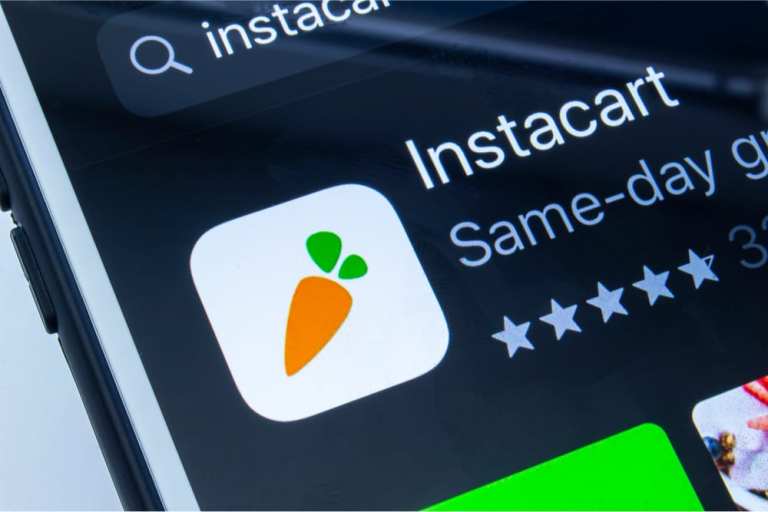
The great digital shift — and the evolution of how we get our food from grocers’ aisles to table — has spurred a number of strategic partnerships aimed at cementing customer loyalty.
And depending on how you look at it, omnichannel efforts in the grocery space, as the old saying used to go about politics … makes for interesting bedfellows.
News came Tuesday (Aug. 11), reported by CNBC, that retail behemoth Walmart has struck a partnership with Instacart to offer same-day deliver across a few, select markets in the United States, focused on four initial pilots in Oklahoma and California.
It’s a partnership that adds to Instacart’s roster of retailers as it seeks to gain critical mass in an ongoing battle against Amazon and its subsidiary Whole Foods. Instacart already has relationships in place with Target, Costco and Kroger, among others.
“Today, we welcomed Walmart to the Instacart marketplace for the first time in the U.S. Instacart now delivers from Walmart locations in three California markets — Los Angeles, San Francisco and San Diego — as well as Tulsa, Oklahoma,” Instacart said in a statement. “The new partnership brings thousands of items — from groceries, alcohol and pantry staples to home decor and improvement, personal care, electronics and more — at everyday low prices from Walmart stores to customers’ doors in as fast as an hour.”
Instacart, you may recall, used to be Amazon/Whole Foods’ exclusive delivery partner before the announcement at the end of 2018 that the deal was coming to an end.
Nowadays, Amazon offers its own grocery delivery via Amazon Prime Now and Amazon Fresh, leveraging its presence through Whole Foods and through Amazon Prime (Prime Pantry).
The pandemic has led consumers to expect speed with their deliveries, and for companies, especially big-box retailers looking to cement their standing with customers, shorter and shorter delivery times are becoming the norm (witness, for example, the one-hour turnaround time cited in the Tuesday announcement).
Interestingly, Instacart got a name check at the end of last month, when, in testimony before a House subcommittee, Amazon CEO Jeff Bezos cited Instacart as evidence that there is “new competition” in a large retail market, where, overall, Amazon has a roughly 4 percent share and is dwarfed by companies as large as Walmart.
The announcement with Walmart builds upon Instacart’s existing relationship with Walmart’s Sam’s Club.
And for the intensifying jockeying between Walmart and Amazon for customers’ share of wallet (and mind share), groceries represent a greenfield opportunity.
PYMNTS noted late last month that grocery represents the category most affected by the digital shift, where curbside pickup and home delivery are gaining traction. Amazon, for its part, said online grocery sales tripled in its latest quarter. The shift began as the coronavirus took hold, with online grocery orders at a record of more than 62 million orders as early as April.
And in recent research detailing that continued digital leap — via PYMNTS’ report titled “The Great Reopening: Shifting Preferences” – a majority of more than 2,000 consumers surveyed, at 67 percent, want merchants to provide order for delivery options online. With a bit more granular detail, that means that roughly percent of “convenience shifters” (those who choose merchants based on digital offerings) gravitate toward online shopping because of speed and convenience. As of May, the overall share of consumers buying groceries online topped 14 percent, where in March it was only about 3.9 percent.